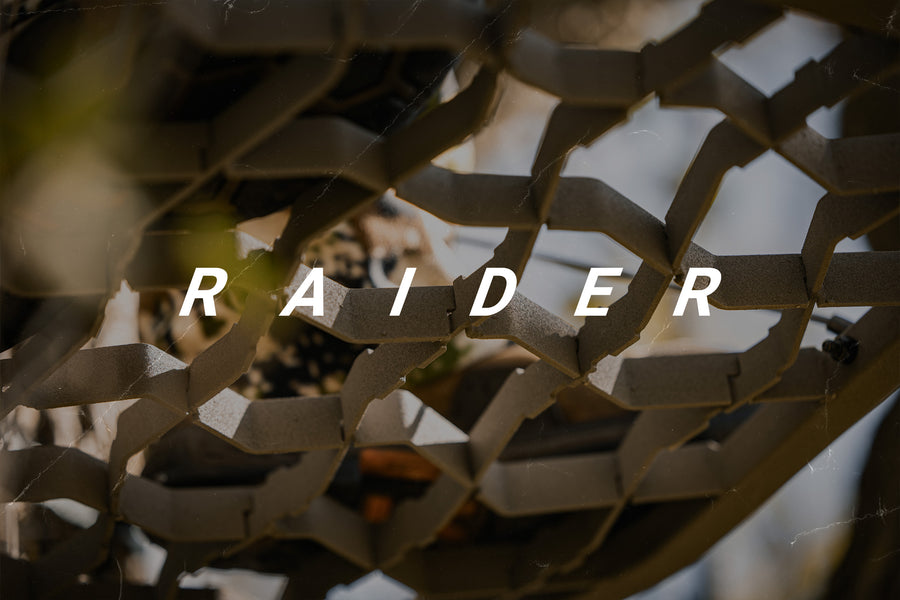Pros and Cons of Early Season Whitetails with Aaron Sligh
Hunting early season whitetails always seems to be a need to fill an itch rather than fill a tag. From the day season ends, I'm already looking forward to next year and what I can do in the early season. I think it's the idea of hunting that makes me more excited to hunt than hunting itself. However, catching vulnerable bucks in the early season is achievable with a little extra work, and the juice is worth the squeeze.

Early season hunting is certainly frustrating in the fact that you're not watching bucks chasing does all over or deer coming to rattling and grunt calls. You have to be able to get out of your comfort zone and try different tactics, and the main one for me is being mobile. I usually have 2-3 dedicated specific set ups with a Novix Echo and Climbing Sticks, but you can't always count on the stand you’ve had hung in that high traffic area in the early season. The need to be mobile is important when Mother Nature is telling these deer to be nocturnal. Let's make a pros and cons list of hunting the early season:
Early Season Positives:
- Low pressured deer. The ability to pattern one specific buck with established summer patterns is easier early, before they get too set on finding does and get wise to human pressure.
- Bucks becoming aggressive and establishing their rut territory. I often have better success calling in the early season than during rut. Soft calling to a buck early season can spark curiosity.
- Changing food sources. If your season opens early enough, you can often catch deer still on green food sources. This can be key to patterning a buck because green sources are often limited compared to large row-crop grain fields.
- Water sources being heavily used. Much like green sources, water is always a good option to hunt early season because of the heat. Stick to them when the temps are high.
- Cover and accessibility. This is often overlooked, but just having cover while you're in your treestand can be a game-changer in filling your tag. Early season hunting provides much more cover than mid to late season when the leaves have fallen.
Early season negatives:
- Warm, mild pressure systems. The obvious early season negative is the heat. Deer don't move, it sucks to sit in. But, with heat comes cold fronts. Wait it out.
- Abundance of food sources. This leads to deer being hard to pattern depending on what they're feeling like eating. Greens, Grains, Acorns and browse are all abundant making it hard to nail down a buck.
- Low rut activity. Not seeing bucks on their feet in the middle of the day checking scrapes and looking for does can lead to a boring hunt.
- Small home core range. Much like the last point, if you're trying to hunt a buck that isn't on his feet all day, it can be tough to get him pin-pointed when he's sticking tight to his core.

Targeting a specific mature buck and wrapping a tag around their antlers involves a lot of work! I always say deer are a lot like humans. There are lazy deer, skinny deer, fat deer, deer that don’t like social pressure, deer that live in small areas and large areas, deer that tolerate pressure and deer that don’t.
When I develop my early season strategy, I try to identify the characteristics of a certain deer. Having a mobile stand set up allows me to change and adapt to changes in the deer’s behavior. Just when you think you have them figured out, the farmer may cut a cornfield, or beans that were green are now yellow, so you have to able to adapt to changes to have success early.

-Aaron Sligh
The 90:10 Project
@the9010project






